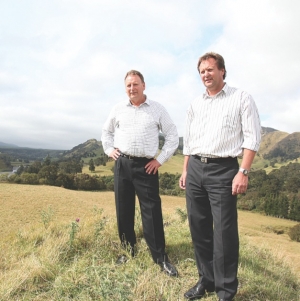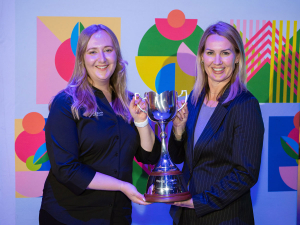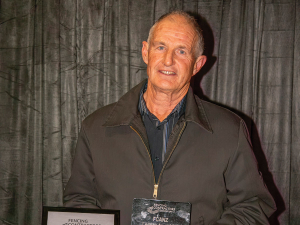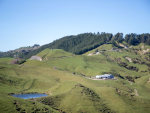If the project goes ahead, the dam, west of Waipawa in Central Hawke’s Bay, will irrigate 20,000-30,000 ha, with huge potential for farming and associated industries.
Opinion seems divided between those wanting to forge ahead and those wanting to go slow. This includes a Ngati Kahungunu iwi group saying they have had insufficient time to look at various issues, mainly water quality.
Following a meeting in late July, Ngati Kahungunu Inc said it opposed the Ruataniwha Dam project because of “inadequate consultation, selective information release and the failure of the Hawkes Bay Regional Council (HBRC) to recognize the tino rangatiratanga that hapu exercised over river and water bodies”.
It has asked the HBRC for a six-month extension to the process to allow for proper consultation with hapu, iwi and the wider community. That request was denied.
HBRC chief executive Andrew Newman counters the claim that iwi had been left out of the loop.
“Engagement on the RWSS with iwi has been extensive and commenced at the outset of the feasibility assessment process. In particular, HBRC and Hawke’s Bay Regional Investment Company (HBRIC) personnel have worked with the Tamatea Taiwhenua and its associated marae in the Tukituki catchment.”
“Over three-and-a half years there had been about 100 specific engagements with various iwi representative groups,” he said,
Regarding claims of “selective information distribution”, Newman says that apart from “some very limited, commercially sensitive information”, all relevant information, including consent application and final documents have been available on the HBRC website.
Submissions on the Tuki Tuki Catchment Proposal are now before the Environmental Protection Authority (EPA) board of inquiry.
A summary of the 380 submissions received was available on August 16. Further submissions opened on 19 August before being finalised on August 30. The hearing will start mid November and the final decision report will be due in April 2014.
Hawkes Bay Regional councillor Tim Gilbertson who has a 500ha mixed sheep, beef and cropping farm near Waipawa said, “If the Ruataniwha Dam goes ahead, I am convinced that in 25 years time we will say, we should have done it 50 years ago.
“The fundamentals of this project, both economic and environmental, are spot on. There is nothing that stands out as being a huge impediment.”
He adds that some have expressed doubt about farmer uptake, but if farmers don’t sign up for water, the investors won’t invest.
“Everyone is saying the ratepayers will lose money; that also looks after itself, because farmers and investors won’t invest in a white elephant.”
Regarding the environmental issues, Gilbertson claims that “it’s all going to be intensive dairy farming” sorted by regulation, science, technology and education.
“It’s as if every farmer is waiting to put 4000 cows per square inch and screw up the environment. That’s not true.”
He adds that the dam could also provide opportunities to capture the benefits of irrigated land. “A young couple could buy a few acres at Takapau or Ashley Clinton and start growing flowers or vegetables and do really well.”
Another Hawkes Bay regional councillor, Liz Remmerswaal, was doubtful about the benefits of the dam and thought the submission process was too short.
“It is our role as councillors to listen and there have always been concerns about the speed of this project. I think there has been very little resource information available to the general public.”
Farmer and regional councillor Ewan McGregor said that although he thought the HBRC had “worked hard to inform all stakeholders,” more information was required and that would not be available until sometime next year.
“There are plusses and minuses to the RWSS. Higher minimum flows and regular flushing will improve the Tukituki River, but more intensive land use will be a negative.
“Given the cost of the water and its huge use of irrigation, I doubt dairying will expand over the plains, in fact, I suspect it will be reduced,” he said.
CHB Forest & Bird spokesperson, Dan Elderkamp said the lobby was not against the dam, provided water quality is not compromised.
The group was also worried about the monitoring of water quality after the dam is built. “There’s little in the way of proposed regulatory or enforcement measures to deal with any contraventions,” said Elderkamp.
Contractors bidding for the dam project are the French company Bouygues Construction, and the Spanish global infrastructure company Obrascon Huarte Lain (OHL) in a proposed joint venture with Hawkins Construction.
Final costings are due in September, after which an accurate price for water will be available.
In March, Hawkes Bay Regional Investment Company (HBRIC) called for non-binding expressions of interest to gauge farmer commitment to the scheme. So far they have received 48 EOI’s.









